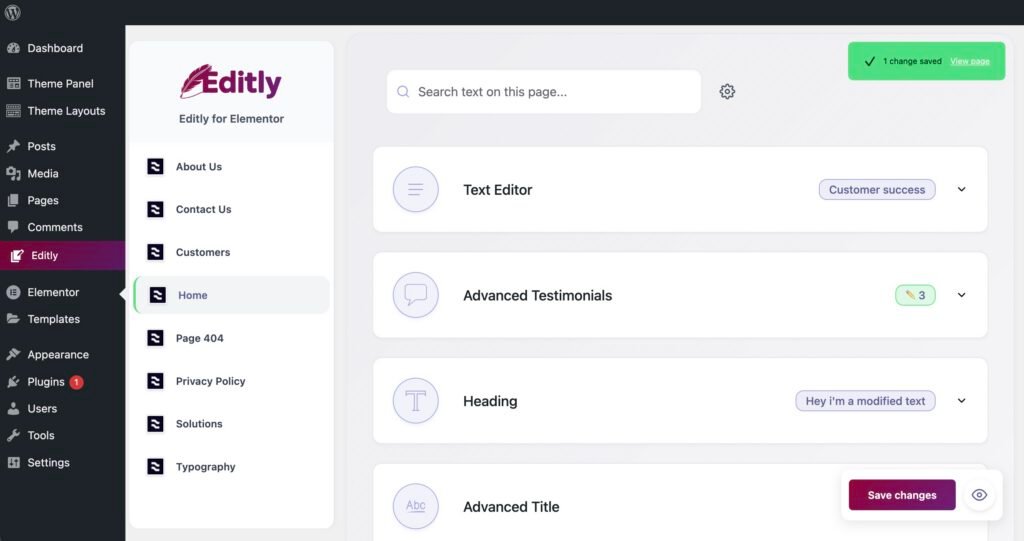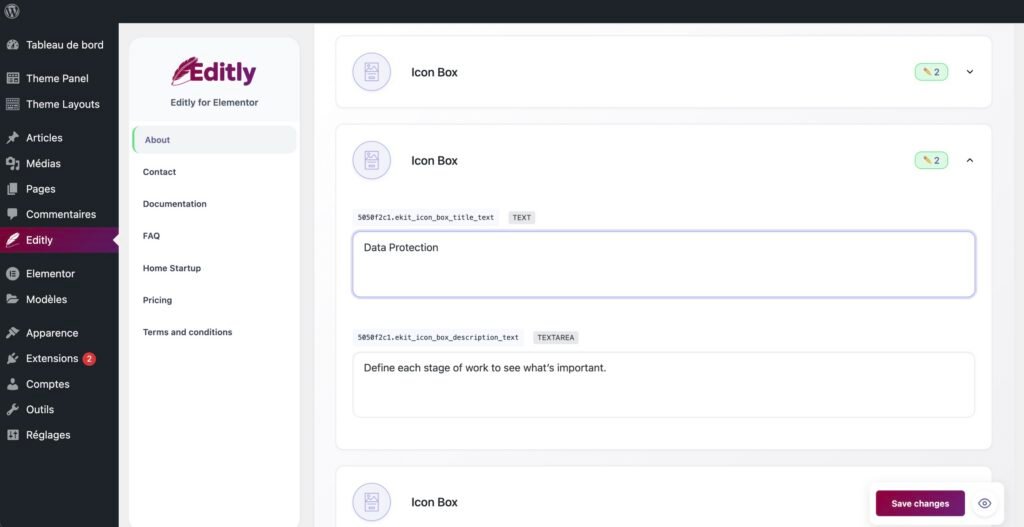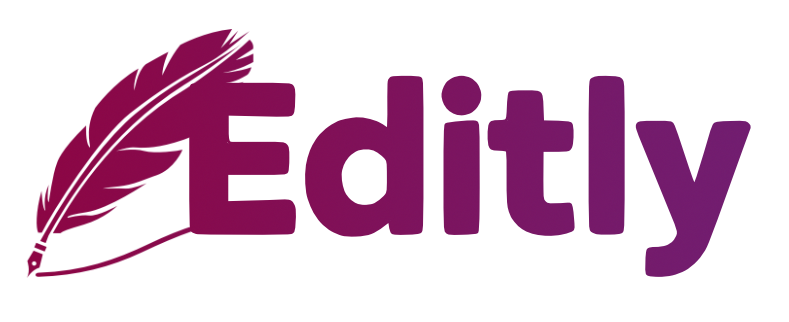Safe Text Editing for Elementor Without Sacrificing Your Design
Letting your client edit their own content shouldn’t feel like handing them a loaded weapon. And yet, when Elementor is involved, that’s often exactly what it feels like. With one click too many, a perfectly tuned layout can unravel—paddings shift, sections vanish, or that beautifully responsive hero collapses like a badly folded deck chair.
Still, autonomy matters. As a freelance web designer or agency, your job isn’t just to deliver beautiful websites—it’s to make sure your client can use them confidently, independently, and without calling you in panic every time a date needs to be updated. But how do you reconcile this need for freedom with the risk of chaos? That’s precisely where Editly steps in.
Designed for content updates, not content disasters
Editly was built with one goal: allow clients to safely edit only the textual content on Elementor pages, without exposing the structure, styling, or layout of the site. It’s a simple, elegant interface inside the WordPress admin—no builder, no drag-and-drop, no risk of shifting your design off its axis.
From the moment Editly is activated, it does something smart: it scans your Elementor pages and extracts every editable text node it finds. Headlines, paragraphs, buttons, even text inside third-party widgets—it captures it all. But unlike Elementor, Editly doesn’t try to show you how the page looks—it only shows the editable words, in a calm, minimal environment designed for focus, not creativity.

For clients, this means no surprises. No visual builder overload. No widget confusion. Just their words, and the ability to update them safely. For you? Peace of mind.
Preserving layout integrity—down to the CSS class
One of the biggest concerns when clients use Elementor directly isn’t just that they might remove a section—it’s that they might unknowingly disturb the layout’s foundation: the wrappers, the margins, the custom classes you’ve carefully set for responsive behavior. Editly avoids this entirely.
When a text is edited with Editly, the plugin doesn’t rebuild or overwrite the entire widget. It only replaces the specific text node inside the JSON structure stored by Elementor. Everything else—the HTML wrapper, the CSS classes, the breakpoints—remains untouched. It’s like swapping the message inside an envelope, without ever tampering with the envelope itself.
This granular approach means that even the most complex layouts stay perfectly intact, regardless of how often the content is updated. It also ensures full compatibility when the page is later reopened in Elementor. The updated text is right there, visible in the builder, but the design remains pixel-perfect.
No conflicts, no extra assets, no slowdown
Editly is light. Really light. It doesn’t inject scripts or styles into the front-end. It doesn’t create custom database tables. It doesn’t introduce overhead. All edits are stored using Elementor’s native data structure, which means seamless performance—and zero risk of plugin bloat or compatibility issues.
More importantly, it plays well with your existing stack. Popular Elementor themes, widget kits, and page structures? Fully supported. Multilingual setups? Covered. Complex nested widgets? Parsed like any other.
Intuitive editing that even non-technical clients understand
One of Editly’s unsung strengths is its UX. The interface is stripped of anything non-essential: just a list of pages on the left, and editable content on the right. Each widget is labeled. When a widget contains multiple text fields, they’re clearly grouped. When there’s only one, the field opens immediately.

Clients don’t need training. There’s no onboarding video to watch. You, as the agency or freelance developer, can include Editly in your maintenance plan or handover process without adding complexity. It’s the kind of tool that makes you look good—because it makes your client feel smart.
You stay in control—clients stay happy
Access to Editly is role-based. Only users with the editly_manage capability can see and use the feature. You can create dedicated editor accounts for clients, assign them safely, and restrict everything else. They don’t see themes, plugins, settings, or the Elementor builder. Just content. Just control.
This balance of control and autonomy translates directly into business value:
- ⏱️ Less time spent on micro-tasks
- 💬 Fewer support requests for trivial changes
- 📈 More bandwidth to focus on design, strategy, and real growth
And the client? They feel empowered. Capable. Less dependent. Which means they’re more likely to trust you—and keep working with you long term.
A better editing experience—by design
Editly wasn’t made to replace Elementor. It was made to complement it. It respects the design, the structure, and the workflow you already have in place. It simply inserts a safer, cleaner layer of content control—precisely where your clients need it most.
Because in the end, good design isn’t just about visuals. It’s about maintainability. About freedom without chaos. About offering autonomy without sacrificing polish. Editly gives you that. And your clients? They won’t even realize how much safer their site has become.
